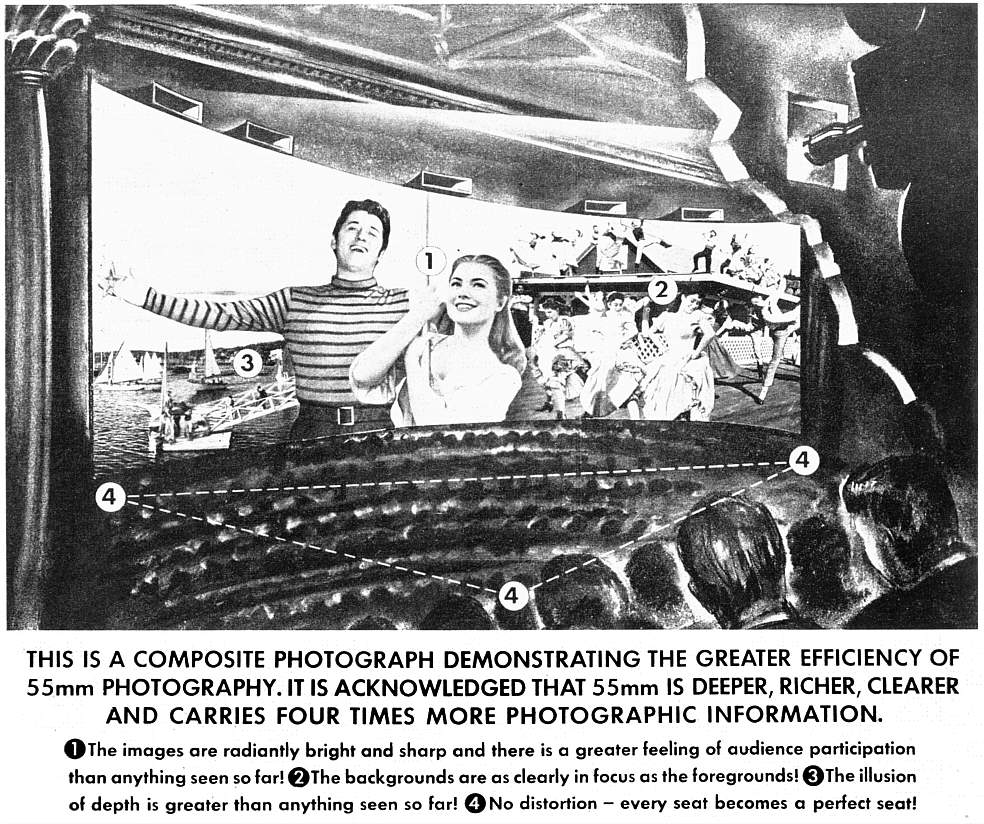Moondog Labs Partners with MoMo Film Fest
We are thrilled to announce that smartphone lens makers Moondog Labs will partner with the Mobile Motion Film Festival this year. Moondog Labs lenses are a real favourite with smartphone filmmakers (the only lens I own is a Moondog Labs anamorphic). So, Moondog Labs will give a lens to each of our category winners in:
- Best Documentary / MoJo
- Best Fiction
- Best Travel Video
- Best Screenplay
- Best Swiss Film
- Young Talent
- Audience Choice
For those who haven’t yet heard of these lens makers, here’s a bit of history.
Back in 2014, Moondog Labs ran a successful Kickstarter campaign to raise money to produce their now near legendary 1.33x Anamorphic Adapter Lens for iPhone 5/5S.
Their team, including founders Scott Cahall and Julie Gerstenberger, has nearly 200 years of combined experience in optical design and engineering for photography, motion capture, projection, and display.
Moondog Labs came to many smartphone filmmakers attention after Sean Baker’s Tangerine caused a major stir at its 2015 Sundance world premiere. The film was shot on three iPhone 5s smartphones with the Moondog Labs Anamorphic Lens, FiLMIC Pro, and the Steadicam Smoothee.
In fact, mostly iPhone filmmakers took note, as the anamorphic lens was originally designed for the iPhone. However, Moondog Labs quickly designed versions of the popular anamorphic lens which could be attached to a variety of grips and smartphones.
Now Steven Soderbergh is using one
Other notable filmmakers who have used the 1.33x anamorphic lens include Steven Soderbergh, whose 2019 feature film High Flying Bird was shot using the lens combined with iPhone 8+ smartphones. The Oscar-winning director’s latest thriller, set in the world of NBA basketball, was shot on a reported budget of $2m. So I think we can safely say this is the most expensive film ever shot on a smartphone. The trailer looks ace, thanks in part to Soderbergh turning to the Moondog Labs lens.
If you want to see what can be done with an iPhone, a Moondog Labs anamorphic lens, with 1 dad and his 2 sons making up the entire cast and crew, check out Robot Attack, which we have written about previously.
This is a lens being used by some of the best filmmaking talent in the industry.
Anamorphic lenses provide a means to capture a CinemaScope-style 2.39:1 ratio, without having to make a sacrifice in resolution that comes from simply cropping the final image. Put simply, an anamorphic lens provides a wider horizontal field of view – which is why an anamorphic lens gives such a distinctive look: ultra-wide rectangular aspect ratios and long horizontal lens flares.

Anamorphics were first used in photography during World War 1, then later in a cinematic context in 1927. CinemaScope is an anamorphic lens series which was used mostly from the mid 1950s to mid 1960s, driven by the desire to create epic-looking, widescreen cinema experiences which would put 4:3 TV screens back in their place.
When Cinerama and stereoscopic 3-D died almost as soon as they were initiated, 20th Century Fox’s CinemaScope became cheaper and more convenient because it used a simple anamorphic lens to create a widescreen effect.
Notice the curved screen to give the audience a greater feeling of being immersed in the movie. I’m waiting for Moondog Labs to bring one of these out for us to project our smartphone movies onto…
Eager to learn more?
Join our weekly newsletter featuring inspiring stories, no-budget filmmaking tips and comprehensive equipment reviews to help you turn your film projects into reality!
Simon Horrocks
Simon Horrocks is a screenwriter & filmmaker. His debut feature THIRD CONTACT was shot on a consumer camcorder and premiered at the BFI IMAX in 2013. His shot-on-smartphones sci-fi series SILENT EYE featured on Amazon Prime. He now runs a popular Patreon page which offers online courses for beginners, customised tips and more: www.patreon.com/SilentEye

